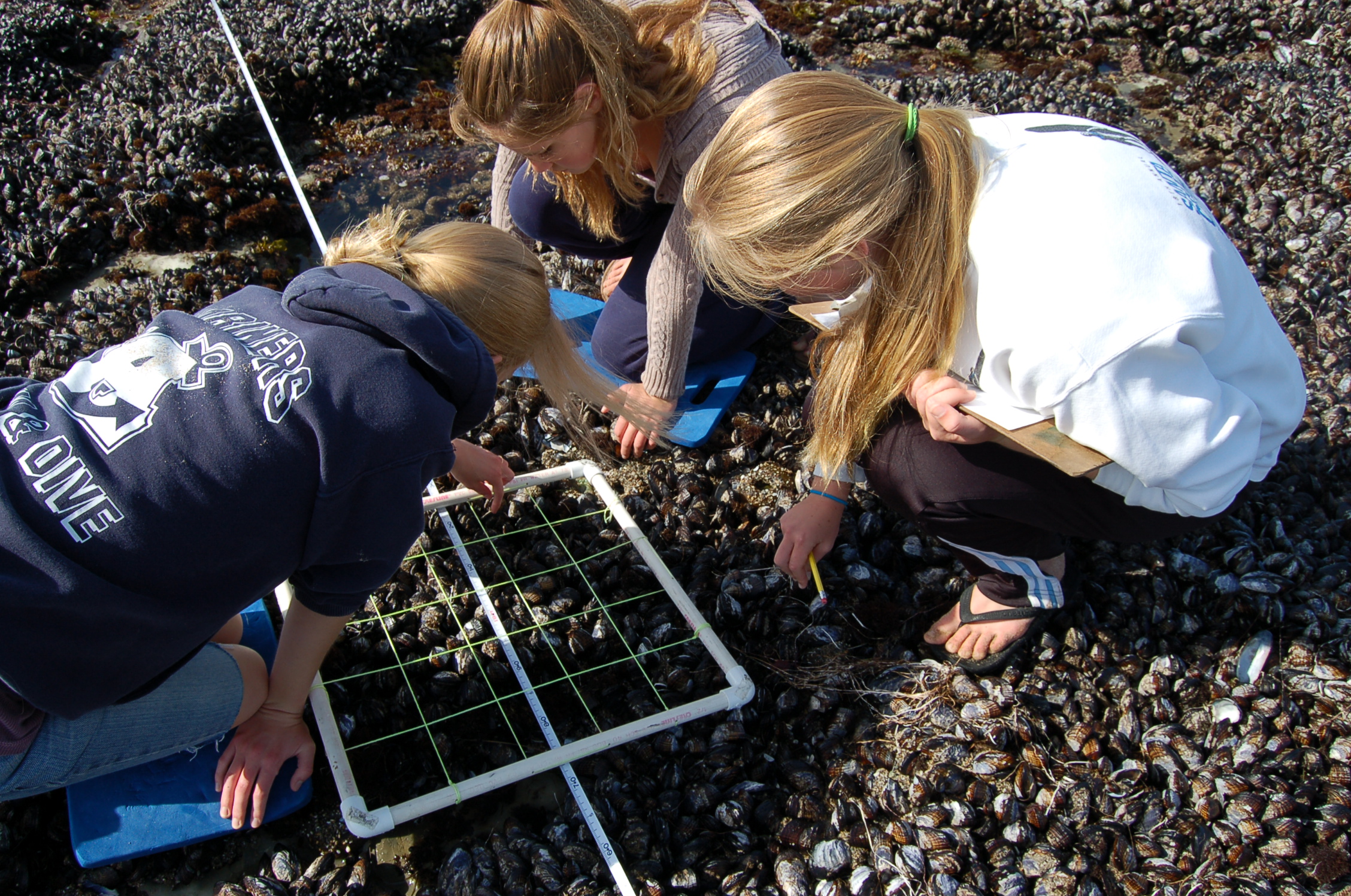5.2: Population Size
- Page ID
- 33052
Populations are dynamic entities. Their size and composition fluctuate in response to numerous factors, including seasonal and yearly changes in the environment, natural disasters such as forest fires and volcanic eruptions, and competition for resources between and within species. The study of populations is called demography.
Population Size and Density
Populations are characterized by their population size (total number of individuals) and their population density (number of individuals per unit area; figure \(\PageIndex{a}\)). A population may have a large number of individuals that are distributed densely, or sparsely. There are also populations with small numbers of individuals that may be dense or very sparsely distributed in a local area. Population size can affect potential for adaptation because it affects the amount of genetic variation present in the population. Density can have effects on interactions within a population such as competition for food, the ability of individuals to find a mate, and diseases spread. (Dispersion patterns can also affect these factors; for example, a solitary species with a random distribution might have difficulty finding a mate when compared to social species clumped together in groups.) Smaller organisms tend to be more densely distributed than larger organisms (figure \(\PageIndex{b}\)).


Estimating Population Size
The most accurate way to determine population size is to count all of the individuals within the area. However, this method is usually not logistically or economically feasible, especially when studying large areas. Thus, scientists usually study populations by sampling a representative portion of each habitat and using this sample to make inferences about the population as a whole. The methods used to sample populations to determine their size and density are typically tailored to the characteristics of the organism being studied. For immobile organisms such as plants, or for very small and slow-moving organisms, a quadrat may be used. A quadrat is a square structure that is randomly located on the ground and used to count the number of individuals that lie within its boundaries (Figure \(\PageIndex{c}\)). To obtain an accurate count using this method, the square must be placed at random locations within the habitat enough times to produce an accurate estimate.

For smaller mobile organisms, such as mammals, a technique called mark and recapture is often used. This method involves marking captured animals in and releasing them back into the environment to mix with the rest of the population. Later, a new sample is captured and scientists determine how many of the marked animals are in the new sample. This method assumes that the larger the population, the lower the percentage of marked organisms that will be recaptured since they will have mixed with more unmarked individuals. For example, if 80 field mice are captured, marked, and released into the forest, then a second trapping 100 field mice are captured and 20 of them are marked, the population size (N) can be determined using the following equation:
\[N = \frac{(\text{number marked first catch} \times \text{total number of second catch})}{\text{number marked second catch}}\]
Using our example, the equation would be:
\[\frac{(80 \times 100)}{20} = 400\]
These results give us an estimate of 400 total individuals in the original population. The true number usually will be a bit different from this because of chance errors and possible bias caused by the sampling methods.
The mathematical methods required to estimate population sizes can be influenced by dispersion pattern.
Attribution
Modified by Melissa Ha from Population Demographics and Dynamics from Environmental Biology by Matthew R. Fisher (CC-BY)


